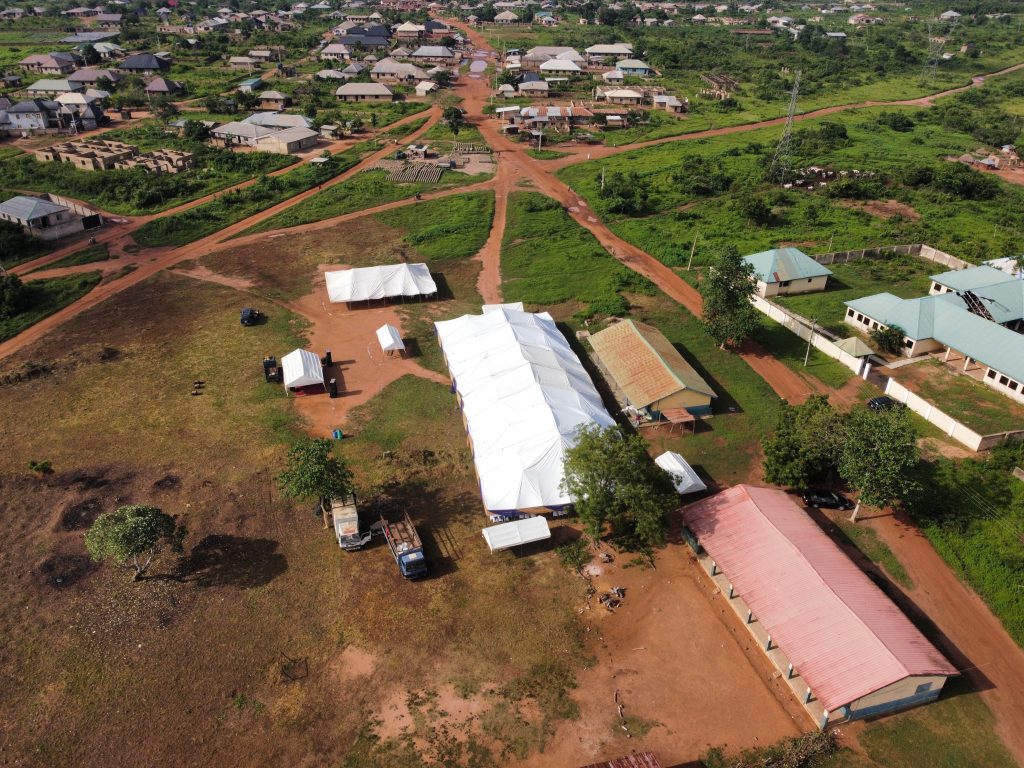
Are you torn between the allure of the urban jungle and the tranquility of rural living? Each lifestyle has its own set of pros and cons, making the decision a tough one. In this article, we delve into the benefits and drawbacks of urban vs. rural living, helping you make an informed choice that suits your preferences and needs.
Urban living offers a vibrant and dynamic environment with endless opportunities for career growth, entertainment, and cultural experiences. From bustling city streets to diverse culinary scenes, the urban lifestyle offers a blend of convenience and excitement. On the flip side, urban areas can be crowded, hectic, and expensive, with higher crime rates and limited access to nature.
In contrast, rural living promises peace, tranquility, and a closer connection with nature. Country landscapes, fresh air, and a tight-knit community are just some of the perks of living away from the city. However, rural areas often lack amenities, employment opportunities, and access to healthcare and educational facilities.
Whether you prefer the hustle and bustle of the city or the serenity of the countryside, understanding the pros and cons of each lifestyle will help you make the right choice. So, let’s explore the differences and decide which environment suits you best.
Pros and Cons of Urban Living

Urban living offers a vibrant and dynamic environment with endless opportunities for career growth, entertainment, and cultural experiences. The city streets are always buzzing with life, and there is never a shortage of things to do or places to explore. The convenience of having shopping centers, restaurants, and entertainment venues within walking distance is unparalleled.
Moreover, urban areas are often hubs of innovation and creativity, attracting a diverse range of professionals and entrepreneurs. This creates fertile ground for networking and collaboration, opening doors to exciting career prospects and professional growth. The urban lifestyle also offers a wide range of cultural experiences, from art galleries and museums to theaters and music festivals.
However, urban living does come with its downsides. The hustle and bustle of city life can be overwhelming for some. The constant noise, traffic congestion, and crowded streets can take a toll on your mental well-being. Additionally, the high cost of living in cities, especially in prime locations, can put a strain on your finances. Housing prices are often steep, and utility bills can be higher compared to rural areas.
Another drawback of urban living is the higher crime rate. While cities offer a rich tapestry of diversity, it also means that there is a greater chance of encountering crime. Safety concerns can make it challenging to fully relax and enjoy the benefits of urban living.
Pros and Cons of Rural Living

In contrast, rural living promises peace, tranquility, and a closer connection with nature. The countryside landscapes are breathtaking, with rolling hills, picturesque farms, and lush greenery as far as the eye can see. The air is fresh and unpolluted, making it an ideal environment for those seeking a healthier lifestyle.
One of the biggest advantages of rural living is the strong sense of community. In small towns and villages, people know their neighbours and look out for one another. This tight-knit community fosters a sense of belonging and support, making it easier to build meaningful relationships and engage in community activities.
Moreover, rural areas offer a slower pace of life, allowing you to escape the constant rush and stress of urban living. The absence of noise pollution and traffic jams creates a serene environment, perfect for relaxation and rejuvenation. Living closer to nature also means that outdoor activities such as hiking, fishing, and gardening are easily accessible.
However, rural living does have its drawbacks. The lack of amenities and services can be a significant challenge. Access to quality healthcare, educational institutions, and shopping centers may require travelling long distances. Employment opportunities are often limited in rural areas, which may force individuals to commute to urban centers for work.
Additionally, the lack of public transportation infrastructure in rural areas can make it harder to get around, especially for those without a car. This can lead to feelings of isolation and dependence on others for transportation.
Differences in Cost of Living: Urban vs. Rural Living
One of the key factors to consider when considering urban vs. rural living is the cost of living. Urban areas tend to have a higher cost of living, primarily driven by housing expenses. Rent or mortgage payments are generally higher in cities, especially in desirable neighbourhoods. Utility bills, transportation costs, and food prices can also be more expensive compared to rural areas.
On the other hand, rural living offers a more affordable lifestyle. Housing prices are often lower, allowing you to get more value for your money. Utility bills tend to be lower, and the cost of groceries and transportation is usually more budget-friendly. This can provide a significant financial advantage for individuals or families looking to save money or reduce their expenses.
Access to Amenities and Services
Another crucial aspect to consider is the availability of amenities and services. Urban areas are known for their extensive range of amenities, including shopping centers, restaurants, entertainment venues, and cultural institutions. The convenience of having everything you need within reach is a major draw for many people.
Rural areas, on the other hand, may have limited amenities and services. Small towns or villages may have a handful of shops, restaurants, and community centers, but the options are often more limited compared to cities. Access to quality healthcare and educational facilities can also be a challenge in rural areas, requiring residents to travel to nearby towns or cities.
Impact on Physical and Mental Health
Living environment plays a significant role in both physical and mental health. Urban living can be stressful, with noise pollution, air pollution, and a fast-paced lifestyle taking a toll on your well-being. Constant exposure to traffic and industrial pollution can have adverse effects on respiratory health.
On the other hand, rural living offers a healthier environment with cleaner air and less pollution. The peace and quiet of the countryside can contribute to lower stress levels and better mental health. The abundance of natural spaces and outdoor activities also promotes an active lifestyle, leading to improved physical well-being.
Choosing Between Urban and Rural Living
When it comes to choosing between urban and rural living, there is no one-size-fits-all answer. It ultimately depends on your personal preferences, lifestyle, and priorities. If you thrive on the energy and excitement of city life, career opportunities, and cultural experiences, urban living may be the right choice for you.
However, if you prefer a slower pace of life, seek tranquillity, and a stronger connection with nature, rural living may be more suitable. It offers a chance to escape the chaos of the city, enjoy a closer community, and lead a more relaxed lifestyle.
Before making a decision, consider factors such as job opportunities, access to amenities and services, the cost of living, and the impact on your physical and mental well-being. Visit both urban and rural areas to get a firsthand experience of what each lifestyle has to offer.
In summary, urban and rural living each have their own set of advantages and disadvantages. Urban living offers a vibrant and dynamic environment with endless opportunities for career growth and cultural experiences. However, it comes with a higher cost of living, crowded streets, and higher crime rates. Rural living promises peace, tranquillity, and a closer connection with nature, but it may lack amenities, employment opportunities, and access to healthcare and education.
Ultimately, urban vs. rural living depends on your personal preferences and priorities. Consider what matters most to you and weigh the pros and cons carefully. Whether you prefer the hustle and bustle of the city or the serenity of the countryside, understanding the differences between the two lifestyles will help you make an informed decision that suits your needs and aspirations.